You are here
Burana Tower minaret.
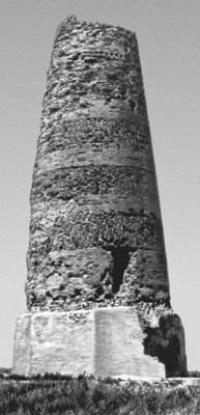
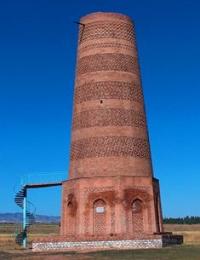
Visit of minaret of the Burana Tower.
“Ancient aphorisms outlived centuries. Modern aphorisms can barеly survive from book to book”
Ljupka Cvetanova,
Best Kyrgyzstan Tours 2019.
Burana site is situated 2,5km east of Donarik village. Burana - remains of Balasagun is one of the largest medieval cities in Chui valley in Kyrgyzstan. Established in the Xth century on the site of an older settlement.
Along with Kashgar, Balasagun was one of the capitals of the Eastern Khanate after the Karakhanid state split up. It was saved from destruction by Genghis Khan's Mongols, and was renamed Gobalik («good city») in the XIIIth century, but the city lost its importance and had disappeared by the XVth century.
There were major archaeological surveys of the site in the 1920s, 1950s and 1970s. The archaeologists discovered that the town had a complicated layout covering some 25 - 30 square kilometers. There were ruins of a central fortress, some handicraft shops, bazaars, four religious buildings, domestic dwellings, a bathhouse, a plot of arable land and a water main (pipes delivering water from a nearby canyon).
Two circles of walls surrounded the town.
Although the Karakhanids, practiced Islam, they were tolerant of other religions and there are many examples of early Christian (Nestorian) inscriptions. Burana museum and Kyrgyz state historical museum has some Nestorian grave stones.
Statement of authenticity and/or integrity of the individual component property: Sites-components of these series are in the State List of monuments of national importance. These settlements are in a zone of active economic development and affected by development factors. Irrigation channels, roads, arable and grazing lands are the main damaging factors, as the sites are surrounded by villages, agricultural farms and fields.
Burana site is managed by the onsite museum. Construction of onsite museum at Ak-Beshim is being discussed. Protective zoning was carried out for these three sites. The Chui Valley archaeological sites in Kyrgyzstan besides the preservation of three important archaeological sites, documentation and research has succeeded in a sufficient number of Kyrgyz specialists being trained during the implementation period.
Comparison of the Silk Roads component property with other similar properties, whether on the Silk Roads or not, and the reasons that make the property stand out: The vestiges of early mediaeval Buddhism in Central Asia, such as at the Buddhist sites of East Turkestan (Chinese Xinjiang) and Afghanistan, are well known.
However, much less well known are the Buddhist sites in Tajikistan, Uzbekistan and Kyrgyzstan (Semirechie), which have been more recently discovered. In particular, the Buddhist monuments of the Chui Valley are of special historical and cultural value, having been built in these countries Turk-Sogdian towns under Chinese rule and representing the confluence of Eastern (Chinese and Eastern Turkic) and Southern (Gandharian and Tokharian) Buddhist traditions.
The diameter at the bottom of the tower is 9.3 meters and the top is across. The remains were "canabalised" by local people who took the bricks from the base , for their building - photographs of the tower before reconstruction in the 1970s can be seen in the small museum and show this clearly.
Inside is а narrow spiral staircase that is said to be original, leading to the top. Access would have been by removable stairs, or through the roof of the mosque - now there is а metal staircase leading to the door nearly 7 m above ground on the southern side. From the top it is possible to get а good view of the Chu valley and Tokmak.
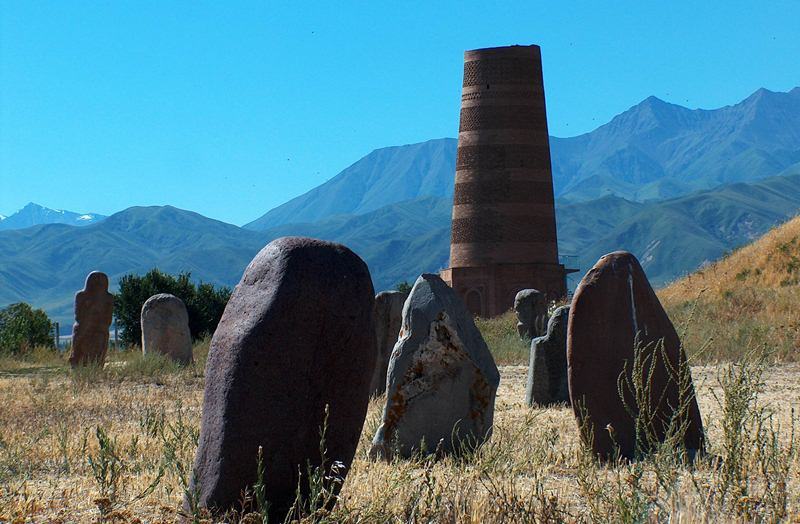

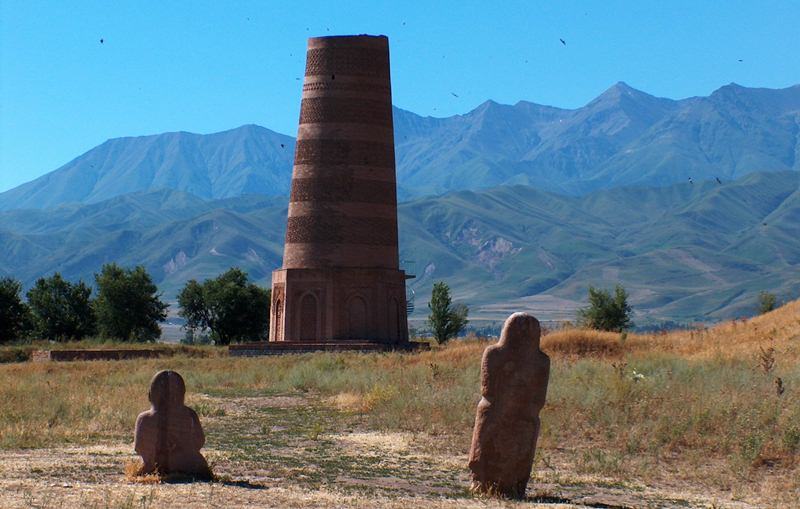


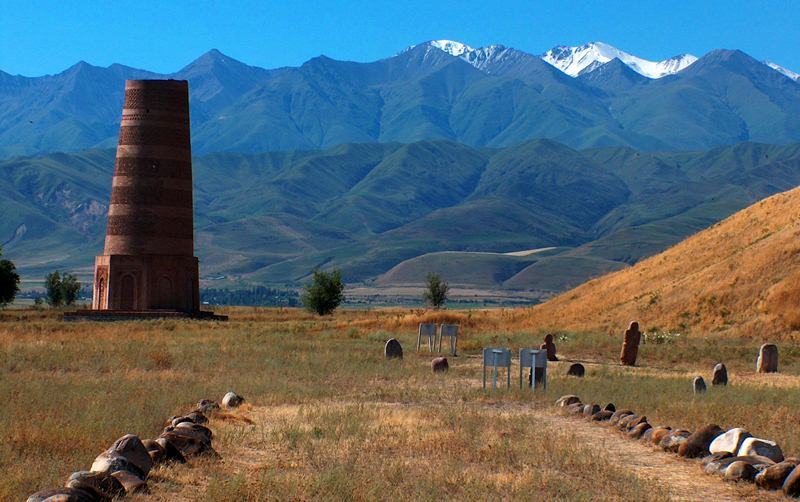

Authority:
http://whc.unesco.org/en/tentativelists/5518/
Color photos
Alexander Petrov.







